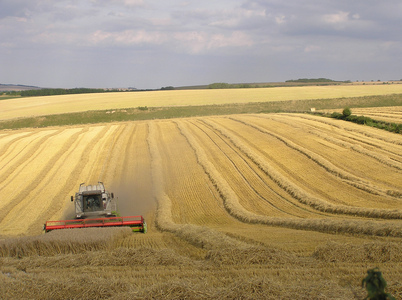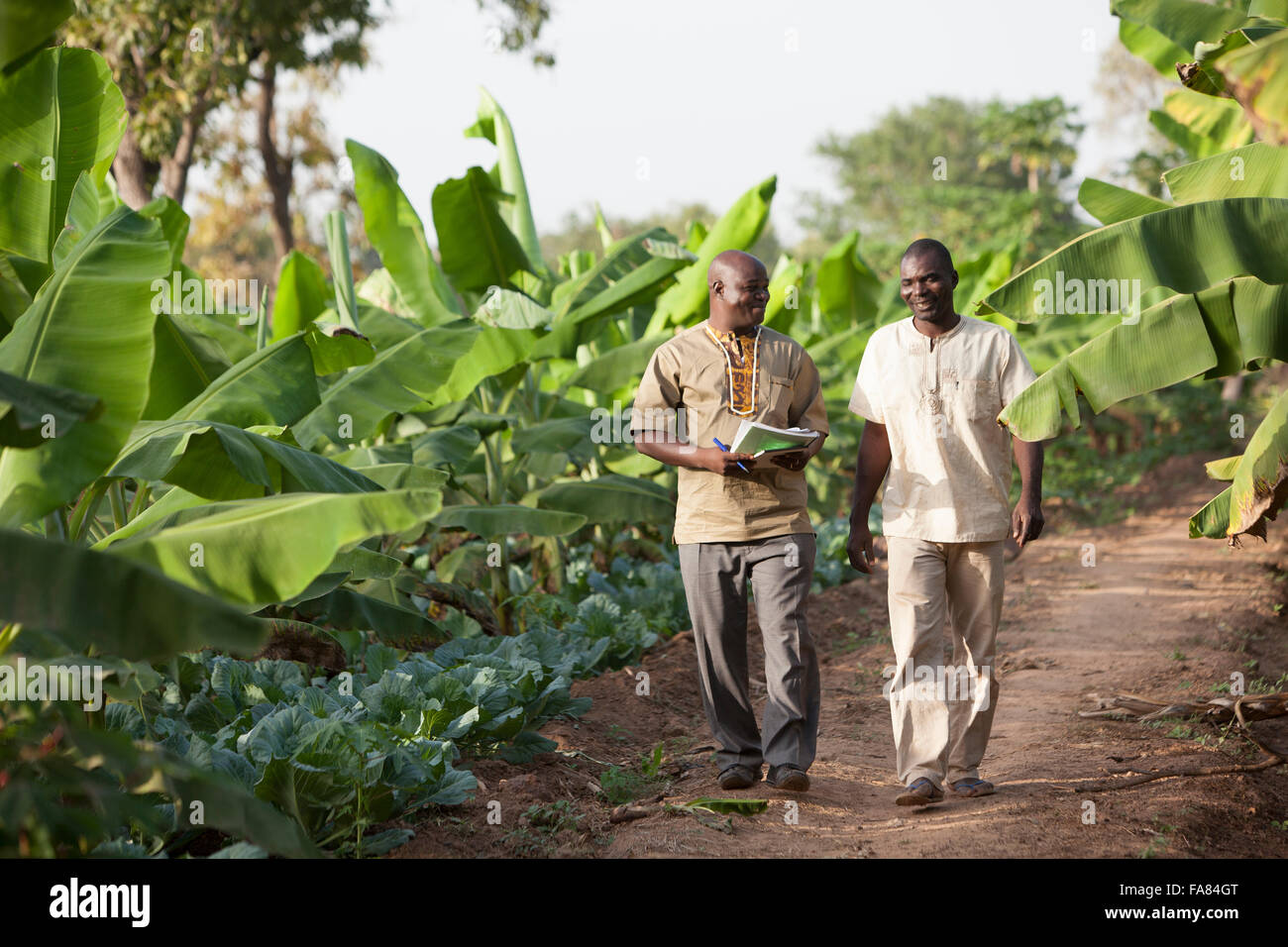Discovering the Differences In Between Commercial Farming and Subsistence Farming Practices
The duality between commercial and subsistence farming practices is marked by differing objectives, functional scales, and resource utilization, each with extensive implications for both the setting and culture. Business farming, driven by revenue and effectiveness, typically utilizes innovative technologies that can bring about considerable environmental issues, such as dirt destruction. Conversely, subsistence farming stresses self-sufficiency, leveraging standard approaches to maintain family needs while nurturing community bonds and cultural heritage. These contrasting methods increase interesting inquiries regarding the equilibrium in between economic growth and sustainability. Just how do these different methods shape our globe, and what future instructions might they take?
Economic Objectives
Financial purposes in farming techniques frequently determine the techniques and scale of operations. In industrial farming, the primary economic purpose is to maximize revenue. This requires an emphasis on efficiency and productivity, achieved through sophisticated technologies, high-yield plant ranges, and considerable usage of plant foods and chemicals. Farmers in this model are driven by market needs, aiming to produce huge amounts of commodities to buy in national and international markets. The focus gets on achieving economies of range, guaranteeing that the price each result is minimized, therefore raising success.
In contrast, subsistence farming is mostly oriented in the direction of satisfying the prompt demands of the farmer's family, with surplus production being very little - commercial farming vs subsistence farming. While business farming is profit-driven, subsistence farming is centered around sustainability and resilience, mirroring an essentially various set of financial imperatives.

Scale of Workflow
The difference in between commercial and subsistence farming becomes specifically evident when taking into consideration the scale of operations. The range of business farming enables for economic situations of range, resulting in lowered prices per device with mass manufacturing, increased efficiency, and the ability to invest in technological innovations.
In stark comparison, subsistence farming is generally small, concentrating on producing just enough food to fulfill the instant demands of the farmer's family members or local area. The land area associated with subsistence farming is typically limited, with less access to modern innovation or automation. This smaller sized scale of procedures reflects a dependence on standard farming techniques, such as manual work and straightforward devices, leading to reduced performance. Subsistence farms focus on sustainability and self-sufficiency over profit, with any type of surplus typically traded or traded within local markets.
Resource Application
Resource usage in farming techniques reveals substantial distinctions between commercial and subsistence methods. Commercial farming, defined by massive procedures, often uses innovative innovations and mechanization to maximize using sources such as land, water, and fertilizers. These methods allow for enhanced performance and greater productivity. The emphasis is on optimizing outcomes by leveraging economic situations of range and releasing sources tactically to guarantee constant supply and success. Precision farming is progressively taken on in industrial farming, utilizing data analytics and satellite modern technology to keep track of plant health and wellness and enhance source application, further improving return and resource efficiency.
In contrast, subsistence farming operates on a much smaller range, mainly to satisfy the instant demands of the farmer's family. Resource application in subsistence farming is frequently restricted by financial restraints and a dependence on conventional techniques.
Ecological Influence

On the other hand, subsistence farming, exercised on a smaller scale, generally utilizes traditional methods that are more attuned to the surrounding environment. Crop rotation, intercropping, and natural fertilization prevail, advertising dirt wellness and decreasing the need for artificial inputs. While subsistence farming usually has a reduced ecological footprint, it is not without difficulties. Over-cultivation and inadequate land monitoring can result in soil erosion and deforestation sometimes.
Social and Cultural Ramifications
Farming practices are deeply linked with the cultural and social textile of communities, affecting and reflecting their values, customs, and economic frameworks. In subsistence farming, the focus is on growing adequate food to fulfill the instant needs of the farmer's family, often promoting a solid sense of area and shared obligation. Such techniques are deeply rooted in neighborhood customs, with expertise gave via generations, thus preserving social heritage and enhancing common connections.
Alternatively, business farming is mostly driven by market needs and earnings, commonly leading to a change towards monocultures and large-scale procedures. This technique can bring about the erosion of typical farming methods and social identities, as neighborhood customizeds and expertise are supplanted by standardized, commercial approaches. Additionally, the focus on performance and earnings can occasionally diminish the social communication found in subsistence areas, as financial purchases change community-based exchanges.
The duality in between these farming practices highlights the broader social ramifications of farming selections. While subsistence farming sustains social continuity why not look here and area connection, industrial farming straightens with globalization and economic development, often at the price of traditional social structures and multiculturalism. commercial farming vs subsistence farming. Stabilizing these facets continues to be a vital obstacle for sustainable farming development
Verdict
The assessment of commercial and subsistence farming methods exposes substantial distinctions in goals, scale, resource use, environmental influence, and social implications. On the other hand, subsistence farming highlights self-sufficiency, making use of neighborhood sources and conventional methods, therefore promoting cultural conservation and community communication.
The duality in between commercial and subsistence farming techniques is noted by differing objectives, functional scales, and resource usage, each with extensive implications for both the setting and culture. While commercial farming is profit-driven, subsistence farming is focused around sustainability and durability, reflecting a fundamentally different set of economic imperatives.
The difference between business and subsistence farming ends up being especially noticeable when thinking about the scale of operations. While subsistence farming supports cultural connection and neighborhood connection, commercial farming aligns with globalization and economic growth, often at the expense of typical social frameworks and cultural diversity.The examination of commercial and subsistence farming methods discloses substantial differences in try this out objectives, scale, resource use, environmental effect, and social implications.